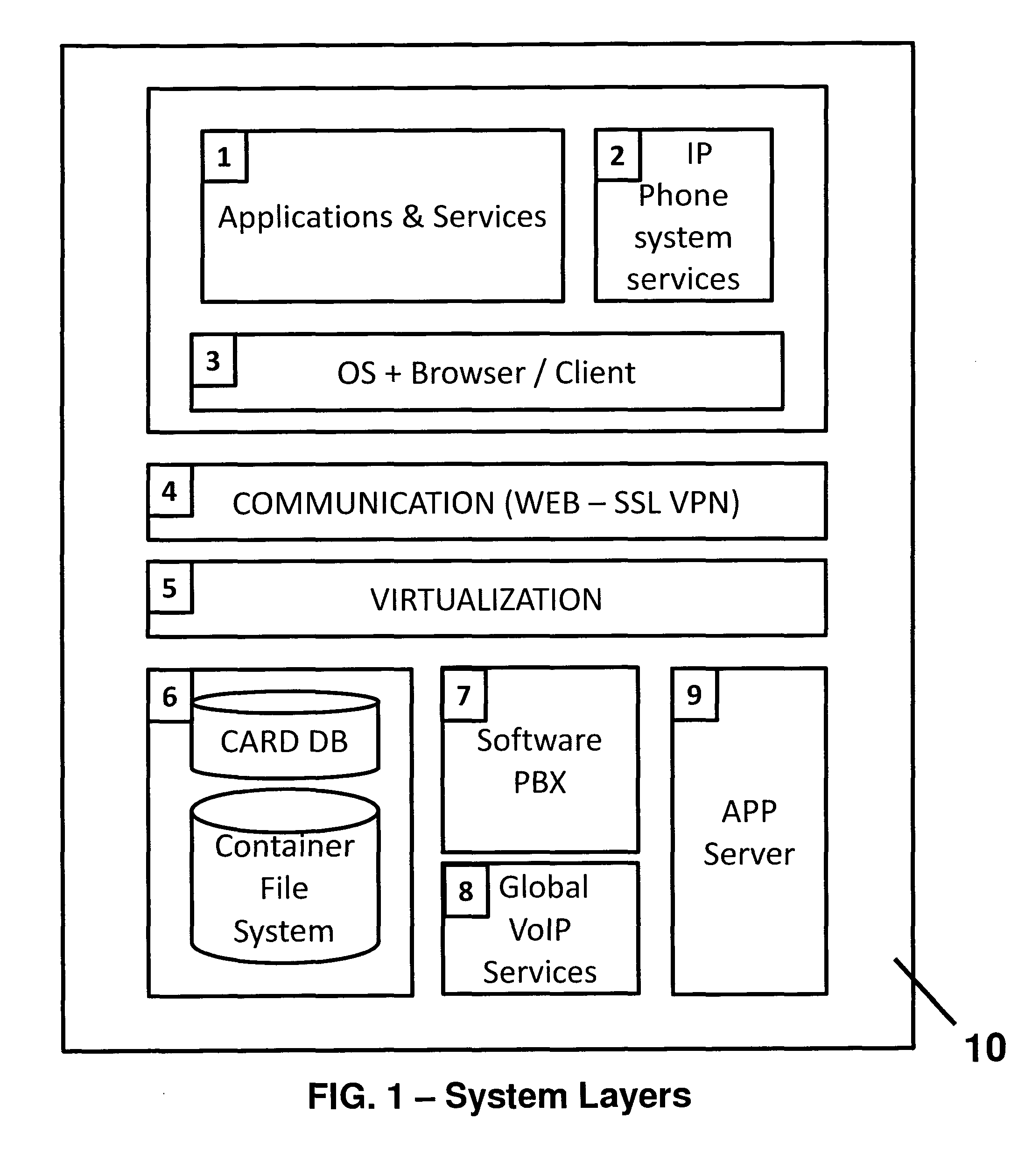System for the management of files
a file management and file technology, applied in the field of systems for the management of files, can solve the problems of large travel and cost, inconvenient management, and inability to meet the needs of modern office work,
- Summary
- Abstract
- Description
- Claims
- Application Information
AI Technical Summary
Benefits of technology
Problems solved by technology
Method used
Image
Examples
Embodiment Construction
[0010]Given this background, the task of the invention presented is the distribution of a unified system for the resolution of all modern office and communication tasks in place of a multitude of programs, systems and devices.
[0011]This task is solved by a system in accordance with requirement 1 and a procedure in accordance with requirement 13, whereby a data processing facility features a user-oriented Container File System, whose purpose is based on the fact that any given user's files are collected into a single data file, whereby access to the files within this data file depends upon access rights and whereby an automated comparison of the data file is performed with a replicate located on one system.
[0012]According to the invention, the files of a given user have been collected into a Container File System, whereby such action can occur independent of the respective file format. In particular, such files may include emails, faxes, calendars, workflows or databases, which may a...
PUM
 Login to View More
Login to View More Abstract
Description
Claims
Application Information
 Login to View More
Login to View More - R&D
- Intellectual Property
- Life Sciences
- Materials
- Tech Scout
- Unparalleled Data Quality
- Higher Quality Content
- 60% Fewer Hallucinations
Browse by: Latest US Patents, China's latest patents, Technical Efficacy Thesaurus, Application Domain, Technology Topic, Popular Technical Reports.
© 2025 PatSnap. All rights reserved.Legal|Privacy policy|Modern Slavery Act Transparency Statement|Sitemap|About US| Contact US: help@patsnap.com



